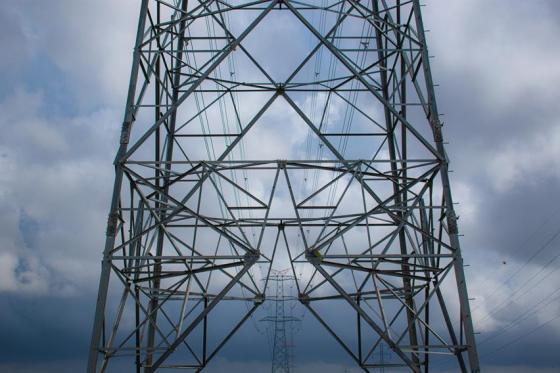Ten-Year Network Development Plan
Ten-Year Network Development Plan
A central role in the development of electricity transmission infrastructure in Europe

Every two years, the European Network of Transmission System Operators for Electricity (ENTSO-E) develops a Union-wide ten-year network development plan (TYNDP).
The TYNDP plays a central role in the development of electricity transmission infrastructure across the EU, which is needed for achieving European policy goals such as energy market integration and decarbonisation.
As grid developments require major investments and related costs are expected to make up a growing share of electricity prices, having a robust and fit-for-purpose TYNDP is key to efficient grid development.
The main objectives of the TYNDP are to:
- Identify investment gaps, including cross-border capacities.
- Assess the benefits of proposed infrastructure projects.
- Support adequate cross-border interconnection, non-discrimination, fair competition and a well-functioning electricity market.
- Ensure transparency of the European electricity transmission network.
The plan builds on national and regional investment plans prepared by transmission system operators, also updated every two years.
Since the 2024 edition, ENTSO-E is required to publish a separate Infrastructure Gaps Identification report as part of the TYNDP framework.
On 9 April 2025, ENTSO-E submitted its 2024 draft TYNDP to ACER, along with the electricity Infrastructure Gaps Identification report.
Ten-Year Network Development Plan
What's the role of ACER?
ACER is responsible for:
- Providing an opinion on the draft TYNDP to ENTSO-E, as well as on the Infrastructure Gaps Identification report to ENTSO-E, the European Parliament, Council and Commission.
- Assessing consistency between the EU-wide TYNDP and national grid plans and suggesting adjustments (either to the TYNDP or the national plans), where needed.
Monitoring the implementation of the TYNDP, once positively evaluated. If inconsistencies arise, ACER investigates the causes and issues recommendations to system operators, national regulators and other competent bodies to support timely investments implementation.
Ten-Year Network Development Plan
What does ACER say on the 2024 draft TYNDP?
In its latest Opinion (May 2025), ACER welcomed the progress made in the 2024 draft TYNDP and acknowledged ENTSO-E’s continued efforts to introduce improvements in each new edition.
Several previous ACER recommendations remain unaddressed, including the need to improve timeliness and transparency. Other aspects like enhancing the granularity of information also need to be addressed.
To improve future editions of the TYNDP and Infrastructure Gaps Identification reports, ACER recommends:
Ensuring timely submission of the documents by addressing the root causes of recurring delays.
Conducting extensive consultations on assumptions and methodologies used, well before the drafting begins.
Improving transparency and consistency of the information on existing grids and projects.
Strengthening the medium-term analyses (over a 10- or 15-year horizon) to better identify future infrastructure gaps and assess projects’ costs and benefits more effectively.
Basing the modelling of the electricity network on an appropriate starting grid (for the gaps analysis) and reference grids (for the cost-benefit analysis assessment).
Providing more granular information on infrastructure needs and gaps, including an analysis of capacity constraints within Member States’ networks.
Improving transparency of the cost-benefit analysis (CBA) results and continue work towards full implementation of the 4th CBA Guideline.
Ensuring full compliance with ACER’s Scenario Framework Guidelines and its Opinion on ENTSOs’ draft TYNDP 2024 Scenario Report.

